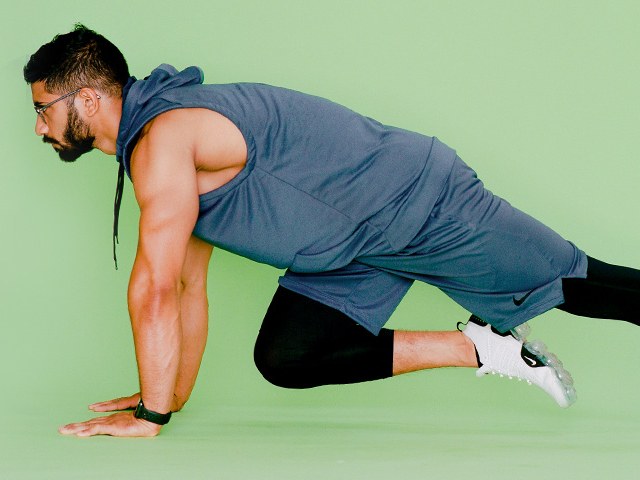It’s understandable why John Close friend extremely advises the book Yoga Body: The Beginnings of Modern Posture Yoga “for all genuine trainees of yoga.” Due To The Fact That, Mark Singleton’s thesis is a well looked into reveal of just how modern hatha yoga, or “pose practice,” as he terms it, has actually changed within and also after the method left India.
But the book is mostly regarding how yoga transformed in India itself in the last 150 years. Just how yoga exercise’s major, modern-day proponents-T. Krishnamacharya and also his trainees, K. Patttabhi Jois and also B. K. S. Iyengar-mixed their organic hatha yoga exercise experiment European gymnastics.
This was the number of Indian yogis coped with modernity: Instead of staying in the caves of the Mountain range, they moved to the city and also embraced the oncoming European cultural trends. They specifically embraced its more “mystical types of acrobatics,” including the prominent Swedish strategies of Ling (1766-1839).
Singleton makes use of words yoga as a homonym to clarify the primary goal of his thesis. That is, he stresses that the word yoga has numerous significances, relying on that uses the term.
This emphasis remains in itself a worthy business for trainees of everything yoga; to understand and accept that your yoga might not be the same sort of yoga exercise as my yoga. Just, that there are numerous paths of yoga exercise.

In that regard, John Buddy is absolutely right: this is by far the most extensive research study of the culture and also history of the significant yoga exercise lineage that ranges from T. Krishnamacharya’s humid as well as hot palace studio in Mysore to Bikram’s artificially warmed studio in Hollywood.
Singleton’s research on “postural yoga exercise” composes the bulk of guide. Yet he likewise devotes some web pages to detail the history of “standard” yoga exercise, from Patanjali to the Shaiva Tantrics who, based upon much earlier yoga exercise customs, compiled the hatha yoga exercise tradition between ages as well as penciled the famous yoga exercise text books the Hatha Yoga Pradipika as well as the Geranda Samhita.
It is while doing these examinations that Singleton gets into water much hotter than a Bikram sweat. Therefore I are reluctant in providing Singleton a straight A for his or else excellent dissertation.
Singleton declares his project is solely the study of contemporary stance yoga exercise. If he had stuck to that project alone, his book would certainly have been excellent as well as got only honors. However sadly, he commits the exact same oversight a lot of modern-day hatha yogis do.
All yoga styles are great, these hatha yogis say. All homonyms are just as excellent as well as valid, they declare. Except that homonym, which the social relativist hatha yogis view as an egotistic version of yoga exercise. Why? Because its adherents, the traditionalists, claim it is a much deeper, extra spiritual as well as standard from of yoga.
This type of ranking, believes Singleton, is disadvantageous as well as a waste of time.
Georg Feuerstein disagrees. Undoubtedly one of the most prolific as well as well-respected yoga exercise scholar outside India today, he is one of those reactionaries who holds yoga exercise to be an essential practice-a body, mind, spirit method. So how does Feuerstein’s indispensable yoga homonym differ from the non-integral modern pose yoga exercise homonym provided to us by Singleton?
Put simply, Feuerstein’s remarkable writings on yoga exercise have focused on the alternative practice of yoga exercise. On the whole shebang of methods that traditional yoga developed over the past 5000 plus years: asanas, pranayama (breathing workouts), chakra (refined energy facilities), kundalini (spiritual energy), bandhas (sophisticated body locks), mantras, mudras (hand gestures), etc
. Hence, while position yoga exercise mostly focuses on the physical body, on doing postures, important yoga exercise consists of both the physical and also the subtle body and includes a whole plethora of physical, psychological and also spiritual practices hardly ever practiced in any one of today’s modern-day yoga exercise workshops.
I would certainly not have troubled to bring all this up had it not been for the truth that Singleton mentioned Feuerstein in an essential light in his publication’s “Ending Reflections.” In other words, it is strategically important for Singleton to critique Feuerstein’s interpretation of yoga exercise, a kind of yoga which occurs to practically coincide with my very own.



